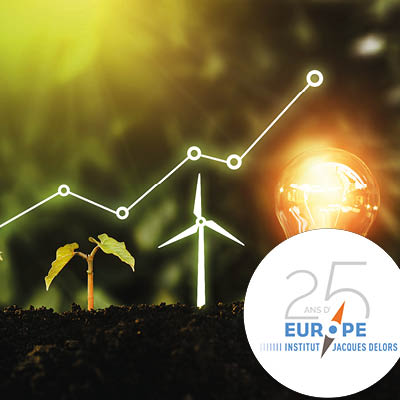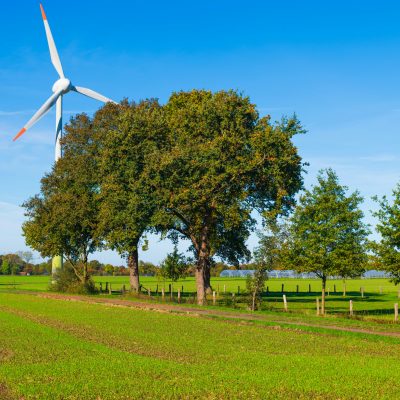[EN] L’Europe doit innover pour prendre la tête de la course mondiale à l’économie verte

Parmi toutes les surprises que 2020 a réservées à l’humanité, il en est peut-être une dont les effets seront plus durables que la pandémie de COVID-19 : nous vivons désormais dans un monde où 75 % de l’économie mondiale vise à atteindre la neutralité climatique au cours des prochaines décennies.
Alors que l’Union européenne a ouvert la voie en 2019 avec son engagement en faveur de la neutralité climatique d’ici 2050 dans le cadre du Green Deal, le président chinois Xi a soudainement annoncé en septembre dernier aux Nations unies que la Chine deviendrait neutre en carbone d’ici 2060, tandis que la nouvelle administration américaine sous Joe Biden fixe l’objectif de neutralité climatique d’ici 2050 pour les États-Unis. À leurs côtés se sont joints un large éventail de pays, du Royaume-Uni au Japon en passant par l’Argentine. Chaque pays trace sa propre voie vers la neutralité climatique. Le chemin sera semé d’embûches. Il y aura de nombreuses surprises et probablement quelques revers.
Deux éléments sont toutefois certains. Premièrement, la neutralité climatique ne peut être atteinte qu’avec une accélération majeure de l’innovation en matière d’énergies propres, un message repris dans le dernier livre de Bill Gates. Deuxièmement, à mesure que chaque pays modifie ses réglementations, sa fiscalité et ses priorités d’investissement, les marchés mondiaux des biens et services neutres sur le plan climatique continuent de prospérer.
Alors que la course mondiale pour saisir les opportunités offertes par les énergies propres a commencé, cette note d’orientation se penche sur l’état de l’innovation verte en Europe, en s’intéressant plus particulièrement aux secteurs du bâtiment, de l’énergie, de l’industrie et des transports. Elle propose cinq mesures que les décideurs politiques de l’UE peuvent prendre en 2021 pour accélérer l’innovation dans le domaine des énergies propres et renforcer ainsi la compétitivité de l’économie européenne tout en augmentant les chances de l’humanité d’éviter une catastrophe climatique.




